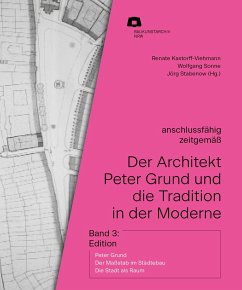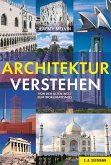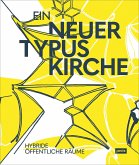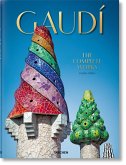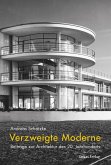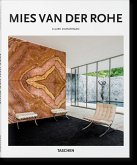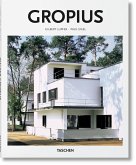Peter Grund (1892-1966) was a successful architect and urban planner. Trained in Darmstadt towards the end of the German Empire, he partnered with the architect Karl Pinno in Dortmund to run an architectural practice during the Weimar Republic. In the early days of the "Third Reich," Grund was appointed director of the Kunstakademie in Düsseldorf. In this role, he was assigned responsibility for the artistic direction of the "Reichsausstellung Schaffendes Volk," the National Socialist regime's largest propaganda show which was accompanied by a model housing estate. After the war, in the Federal Republic of Germany, he was in charge of the reconstruction of Darmstadt as chief planning director. In this capacity, he created striking urban spaces such as the Rheinstraße arcades and the Kennedyhaus. Grund's architecture was characterized by simple forms and classical compositions. However, while he continued to use traditional design methods, his work also drew on avant-garde ideas: this is evident, for example, in the Nicolaikirche built in Dortmund, the first church made of exposed concrete in Germany, or in his design of a town hall for Darmstadt in the style of American Bauhaus architecture. This publication is part of a multi-volume monograph of his work to be published in the coming months. It presents a previously unknown and unpublished reference book on urban planning by Peter Grund. He created it during the final years of the Second World War, and its key elements have now been reconstructed from various archival sources. This specific work demonstrates that Peter Grund, following in the footsteps of Camillo Sitte, clearly advocated the creation of closed urban spaces on a human scale in sharp contrast with the contemporary megalomaniacal planning projects of the National Socialists. By emphasizing an urban form, he took an opposite position to the functionalist Athens Charter, which was created around the same time.

